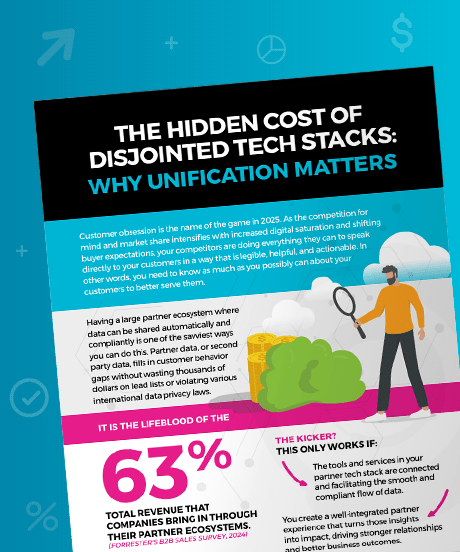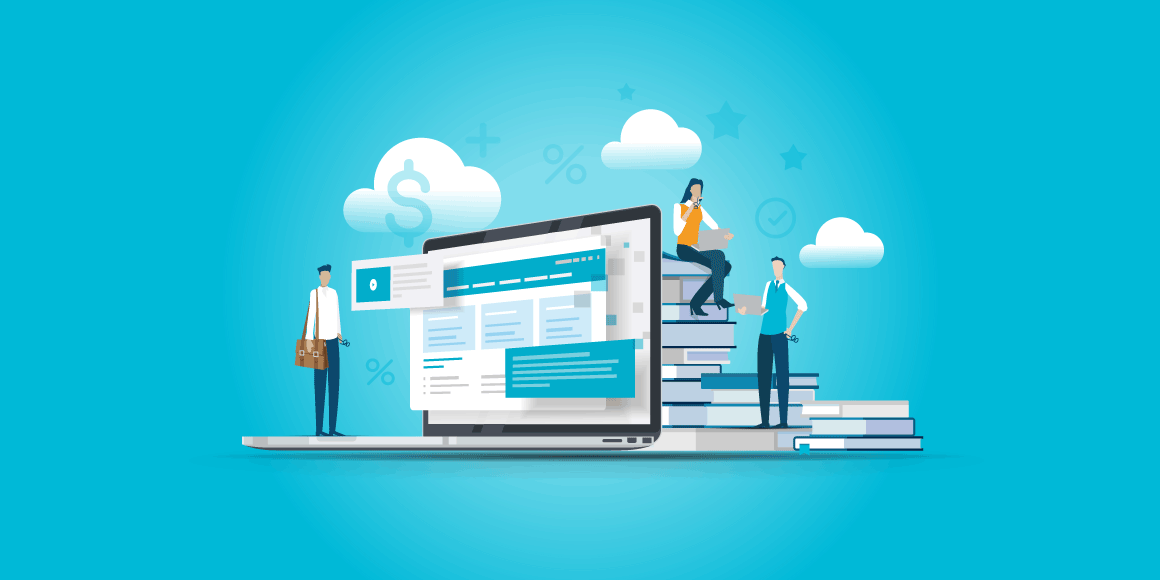A Product's Lifecycle details the stages it undergoes, beginning with its development and launch and ending with its decline and withdrawal from the market.
It highlights how products evolve in the market over time and involves these key stages:
- Development and Introduction: Creating and launching the product
- Growth: Increasing adoption, sales growth, and market expansion
- Maturity: Peak market penetration with stable or slowing sales
- Decline: Decreasing demand and eventual phase-out
In practice, businesses use the product lifecycle to guide strategies such as pricing, marketing, inventory management, and innovation. For instance, during the growth stage, companies may focus on expanding reach, while in the decline phase, they might explore discontinuation or product refresh options.
Understanding the product lifecycle is crucial because it helps businesses anticipate market changes, allocate resources effectively, and maximize profitability throughout a product's lifespan. It also serves as a key tool in maintaining a competitive edge and ensuring long-term operational success.
Streamline Your Tech Stack to Boost Profitability

Infographic
The Hidden Cost of Disjointed Tech Stacks: Why Unification Matters
The solution lies in a unified strategy that brings all systems, tools, and services together into one sleek, integrated tech stack.
Learn how to streamline your businesses tech infrastructure, to optimize your margins.
